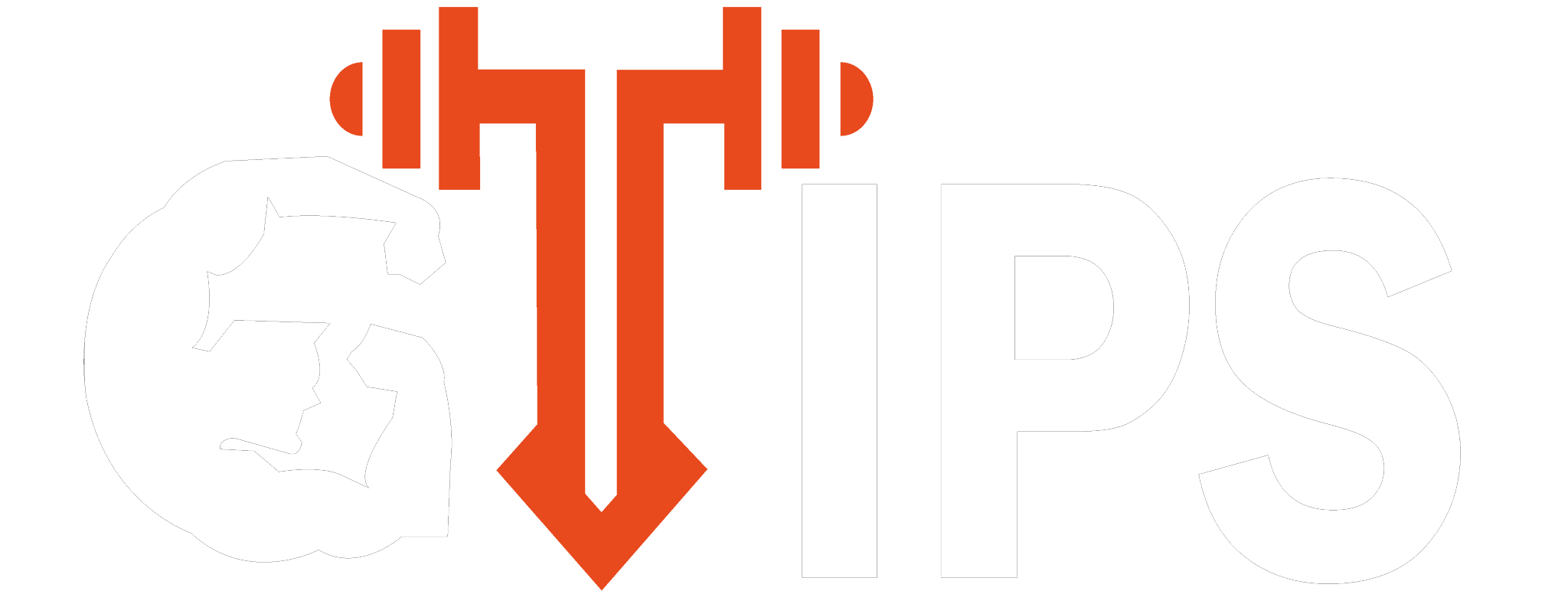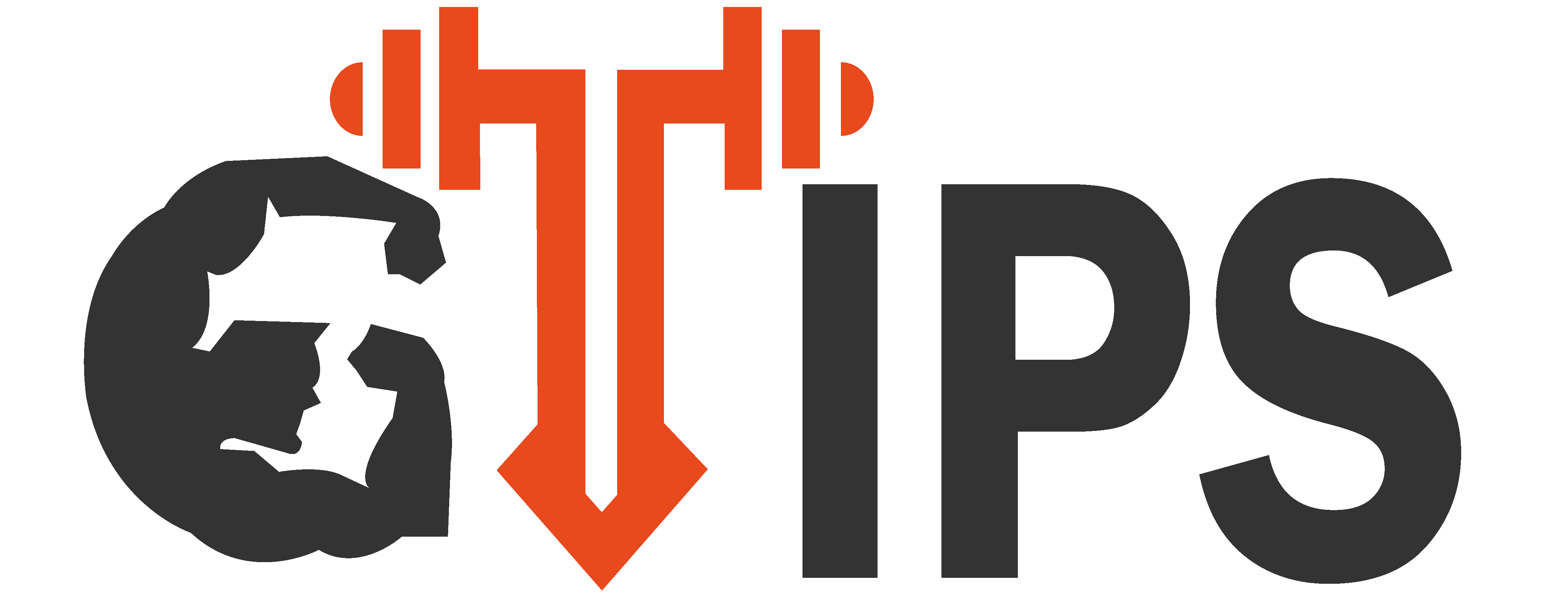Are you ready to change your body and boost your confidence with strength training? Forget what you think about weightlifting being only for men. Your fitness journey is about to get exciting.
Women’s fitness has changed a lot, with strength training being key. By doing bodyweight and resistance exercises, you can build lean muscle, speed up your metabolism, and get strong.
Strength training isn’t about getting big. It’s about building a strong, healthy body. Whether you’re starting or want to improve, these exercises will help you reach your goals.
Key Takeaways
- Strength training builds lean muscle and boosts metabolism
- No special equipment required to start your fitness journey
- Improves overall body composition and confidence
- Helps prevent age-related muscle loss
- Supports long-term health and wellness goals
Understanding the Basics of Women’s Strength Training
Resistance training for females is a great way to change your fitness path. Many women are unsure about muscle building. But, learning the basics can open up new strength and wellness possibilities.
Strength training is more than just cardio. It offers special benefits that can change your workout routine. Your body becomes a calorie-burning machine, even when you’re resting.
Benefits of Weight Training for Women
- Accelerates metabolism
- Increases bone density
- Improves muscle definition
- Enhances overall body strength
- Reduces risk of injury
Common Misconceptions About Women and Weights
Many women think lifting weights will make them bulky. This myth stops many from trying resistance training.
| Myth | Reality |
|---|---|
| Weights make women bulky | Weights create lean, toned muscles |
| Strength training is only for men | Essential for women’s overall fitness |
| Cardio is more effective for weight loss | Strength training boosts metabolism longer |
Getting Started with Weight Training
Starting your resistance training journey needs patience and the right guidance. Start with lighter weights, focus on correct form, and slowly increase intensity as you get more confident.
- Consult a fitness professional
- Learn proper technique
- Begin with bodyweight exercises
- Progressively add resistance
- Track your progress
Remember, every fitness journey is unique. Embrace strength training as a powerful tool for personal transformation and wellness.
The Science Behind Muscle Toning
Understanding muscle toning is key for women wanting to change their body shape. Female bodybuilding is more than just lifting weights. It’s about growing muscles and losing fat.
Muscle toning for women involves two main parts:
- Muscle hypertrophy (muscle growth)
- Reducing body fat percentage
Your body’s hormones are important for toning exercises. Women have less testosterone, which affects how they build muscle. Estrogen helps with muscle recovery and growth, making muscle development different for women.
| Factor | Impact on Muscle Toning |
|---|---|
| Testosterone | 10-15 times lower in women |
| Estrogen | Supports muscle recovery |
| Protein Intake | 1.6-1.8g per kg of body weight |
Progressive overload is essential for female muscle growth. By slowly increasing weights or exercise difficulty, you encourage muscle growth. This leads to a lean, toned look.
Essential Equipment for Women’s Strength Training
Starting your weight lifting journey needs the right gear. Gym workouts for women have changed a lot. Choosing the right equipment is key to your fitness progress.
When you start strength training, focus on a few main equipment types. They will help you reach your fitness goals.
Choosing the Right Weights
Choosing the right weights is very important. Start with:
- Dumbbells in various weight ranges
- Adjustable kettlebells
- Barbells with weight plates
Pro tip: Begin with lighter weights and focus on proper form before increasing resistance.
Additional Training Tools
Use versatile training accessories to improve your workout:
- Resistance bands for flexibility and strength
- Stability balls for core engagement
- Foam rollers for muscle recovery
“The right equipment can transform your workout from good to exceptional.” – Fitness Expert
Proper Workout Attire
Your clothes and shoes are very important for comfort and performance:
- Moisture-wicking workout tops
- Supportive sports bras
- Breathable, flexible leggings
- Sturdy cross-training shoes
Quality equipment is essential for your strength training journey. It will help you reach your fitness goals with confidence.
Strength Training Exercises for Women
Strength training is key for women to build muscle, boost metabolism, and get fit. You can do these exercises at home or in a gym. They help you reach your fitness goals.
For home workouts, focus on exercises that work many muscles at once. These are efficient and give great results.
- Squats: The ultimate lower body exercise that targets glutes, quads, and core muscles
- Push-ups: Excellent for upper body and core strength
- Lunges: Perfect for building leg strength and improving balance
- Deadlifts: Powerful full-body movement engaging back, legs, and core
Proper form is vital when doing strength training. Start with bodyweight exercises and add weights as you get stronger. This way, you avoid injuries and make steady progress.
Your routine should mix exercises that target different muscles. Do 2-3 sets of 8-12 reps for each exercise. Make sure to rest well between workouts.
“Consistency is key in strength training. Your body transforms through dedicated, progressive practice.”
Always listen to your body and adjust exercises as needed. Everyone’s fitness journey is different. What works for one might need tweaking for another.
Upper Body Workout Routines
Resistance training is great for building strength and boosting metabolism. It can also change your body shape. Your upper body workout can be fun and challenging if you know the right techniques and exercises.
Creating a good upper body routine needs careful planning. It’s important to know which muscles to target. Fitness experts say to work on different muscle areas to get balanced strength and look.
Chest and Shoulder Exercises
Focus on these key chest and shoulder movements to build upper body strength:
- Dumbbell chest press
- Push-ups with modified variations
- Lateral shoulder raises
- Front shoulder press
Back and Arm Workout Strategies
Your back and arm training should include both compound and isolation movements. These exercises work on many muscles at once. Resistance training for females can include:
- Bent-over rows
- Tricep extensions
- Bicep curls
- Pull-ups or assisted pull-ups
Progressive Overload Techniques
To keep improving, use progressive overload by:
- Gradually increasing weight
- Adding more repetitions
- Reducing rest periods
- Increasing workout frequency
Remember, consistency is key in your strength training journey. Start with manageable weights and progressively challenge yourself.
Lower Body Training Fundamentals
Building a strong lower body is key for women looking to build muscle. Your lower body muscles are essential for fitness. They help with stability, power, and strength for daily tasks.
Exercises that tone the lower body can change your look and improve sports skills. Focus on these main muscle groups:
- Quadriceps
- Hamstrings
- Glutes
- Calves
Good lower body training needs a smart plan. Use exercises that work many muscles at once.
| Exercise | Primary Muscles Targeted | Difficulty Level |
|---|---|---|
| Squats | Quadriceps, Glutes, Hamstrings | Beginner to Advanced |
| Lunges | Quadriceps, Glutes | Intermediate |
| Deadlifts | Hamstrings, Lower Back, Glutes | Advanced |
“Strong legs are the foundation of a powerful body.” – Fitness Expert
Begin with the right form when building muscle. Then, slowly add more weight and complex moves. Mix strength training with functional exercises for best results.
Consistency is vital in toning exercises. Train your lower body 2-3 times a week. Make sure to rest well between workouts.
Core Strengthening Exercises
A strong core is key for female bodybuilding and gym workouts for women. It supports all your movements, from lifting to daily tasks. A solid core boosts stability, prevents injuries, and boosts athletic performance.
Core training is more than just abs. It builds a strong base for your body. It improves balance, posture, and functional strength.
Ab-Defining Movements
These exercises are perfect for women’s fitness goals:
- Planks: Build core endurance and total-body stability
- Russian Twists: Engage obliques and improve rotational strength
- Bicycle Crunches: Target multiple muscle groups simultaneously
- Leg Raises: Strengthen lower abdominal muscles
Lower Back Stability Exercises
Don’t forget your lower back in gym workouts for women. These exercises prevent injuries and balance your core:
- Superman Holds: Strengthen posterior chain muscles
- Bird Dogs: Improve core and back muscle coordination
- Bridges: Activate glutes and lower back muscles
Pro Tip: Consistency is key in female bodybuilding. Aim to do these core exercises 2-3 times a week for best results.
Creating an Effective Workout Schedule
Creating a good strength training schedule for women needs careful planning and knowing your fitness goals. Your routine should balance hard workouts, rest, and getting better to get the best results in women’s fitness.
For the best strength training for women, follow these scheduling tips:
- Aim for 2-3 strength training sessions per week
- Allow 48-72 hours between muscle group workouts
- Incorporate rest days for muscle recovery
- Mix strength training with cardio activities
Beginners should start with a structured plan for women’s fitness. A sample weekly schedule might look like:
- Monday: Full-body strength training
- Tuesday: Light cardio or active recovery
- Wednesday: Upper body focus
- Thursday: Rest or gentle stretching
- Friday: Lower body strength training
- Saturday: Cardio or flexibility work
- Sunday: Complete rest
As you get better, change your strength training to keep challenging yourself and avoid getting stuck. Listen to your body, track your progress, and stay consistent in your fitness journey.
Nutrition Guidelines for Muscle Development
To succeed in muscle building for women, a smart nutrition plan is key. Your diet helps grow muscles, recover, and perform better. Knowing the right nutrition can change your female bodybuilding journey.
Good nutrition is the base for muscle growth. Without the right food, your body can’t build and fix muscles, no matter how hard you work out.
Protein Requirements for Muscle Growth
Protein is essential for muscle tissue. For female bodybuilding, you need to get the right amount of protein:
- Aim for 0.8-1 gram of protein per pound of body weight
- Distribute protein intake across multiple meals
- Choose high-quality protein sources like lean meats, fish, eggs, and plant-based proteins
Meal Timing for Optimal Results
When you eat matters a lot for muscle building in women. Your body needs nutrients at certain times for best growth and recovery:
- Have a protein-rich meal 30-60 minutes before your workout
- Eat a balanced meal with proteins and carbs within 45 minutes after training
- Keep eating at regular times throughout the day
Hydration Importance
Drinking enough water is often forgotten in female bodybuilding. Water is key for muscle function, recovery, and performance. Drink at least 8-10 glasses of water a day, more when you’re really active.
Remember, nutrition is a personal journey. What works for one woman might not work for another. Pay attention to how your body reacts and adjust your nutrition plan as you reach your muscle-building goals.
Recovery and Injury Prevention
Starting weight lifting for beginners means learning about recovery and injury prevention. Your body needs rest and care to build muscle and avoid injuries. This is key for success in home strength training for women.
Effective recovery involves several steps to keep your body healthy and muscles growing. Experts suggest a few important strategies:
- Take dedicated rest days between intense workouts
- Practice proper stretching techniques
- Use foam rolling for muscle relaxation
- Prioritize quality sleep for muscle repair
Injury prevention starts with proper form during exercises. Listening to your body’s signals is key. If you feel sharp pain or discomfort, stop and check your form.
“Recovery is not a weakness, but a critical component of strength training success.” – Professional Fitness Trainer
Here are some essential recovery techniques for your home strength training:
| Recovery Method | Benefits | Recommended Frequency |
|---|---|---|
| Active Recovery | Promotes blood circulation | 1-2 times per week |
| Foam Rolling | Reduces muscle tension | Daily or post-workout |
| Proper Hydration | Supports muscle recovery | Throughout the day |
By adding these recovery techniques to your weight lifting program, you’ll reduce injury risks. This will also help you reach your strength training goals.
Conclusion
Resistance training for females is a game-changer in fitness. It’s not just about working out; it’s about becoming stronger and more confident. By adding toning exercises for women to your routine, you’re not just building muscles. You’re also investing in your long-term health and well-being.
Every time you work out, you’re gaining more than just physical strength. These exercises boost your metabolism, strengthen your bones, and improve your mental toughness. The techniques you’ve learned help you grow safely and effectively, tailored for women’s needs.
Strength training is a journey of personal growth. Your fitness goals are unique, and this approach lets you tailor workouts to fit your needs. Whether you want to boost functional strength, improve your body shape, or enhance your athletic skills, consistent effort and proper technique are key.
Embrace this powerful fitness strategy with confidence. Your dedication to strength training will lead to amazing results that go beyond the gym. Start your journey today and unlock your true strength through science-backed resistance training made for women.
FAQ
Will strength training make me look bulky?
No, strength training won’t make you bulky. Women don’t have enough testosterone to build big muscles. Instead, you’ll get lean, toned muscles that improve your body and metabolism.
How often should I do strength training as a beginner?
Start with 2-3 strength training sessions a week. Make sure to rest at least one day between workouts. This helps your body recover and prevents overtraining.
What weights should I start with?
Start with lighter weights that let you do 12-15 reps with good form. As you get stronger, increase the weight to keep challenging your muscles.
Can I do strength training at home without expensive equipment?
Yes! You can start with bodyweight exercises, resistance bands, and a few pieces of equipment like dumbbells or kettlebells. Many effective exercises need little to no equipment.
How long will it take to see results from strength training?
You’ll likely see strength and muscle tone changes in 4-6 weeks. Visible changes will show up after 8-12 weeks of regular training.
Is strength training safe during pregnancy?
With the right medical advice and adjustments, strength training can be safe during pregnancy. Always check with your healthcare provider and work with a qualified trainer to safely adapt your routine.
What should I eat to support my strength training goals?
Eat a balanced diet with enough protein (about 1.6-2.2 grams per kg of body weight), complex carbs, and healthy fats. Focus on whole foods, lean proteins, and stay hydrated to help your muscles recover and grow.
How important is rest between strength training sessions?
Rest is key for muscle recovery and growth. Make sure to have at least one full rest day between sessions for the same muscle groups. Also, aim for 7-9 hours of quality sleep each night.
Can strength training help with weight loss?
Yes, strength training boosts your metabolism, increases muscle mass, and burns calories during and after workouts. It’s a great addition to cardio for effective weight management and body composition improvement.
Do I need to warm up before strength training?
Absolutely! A 5-10 minute warm-up is essential to prevent injury, increase blood flow, and prepare your muscles for exercise. Include dynamic stretches and light cardio to get your body ready for strength training.





